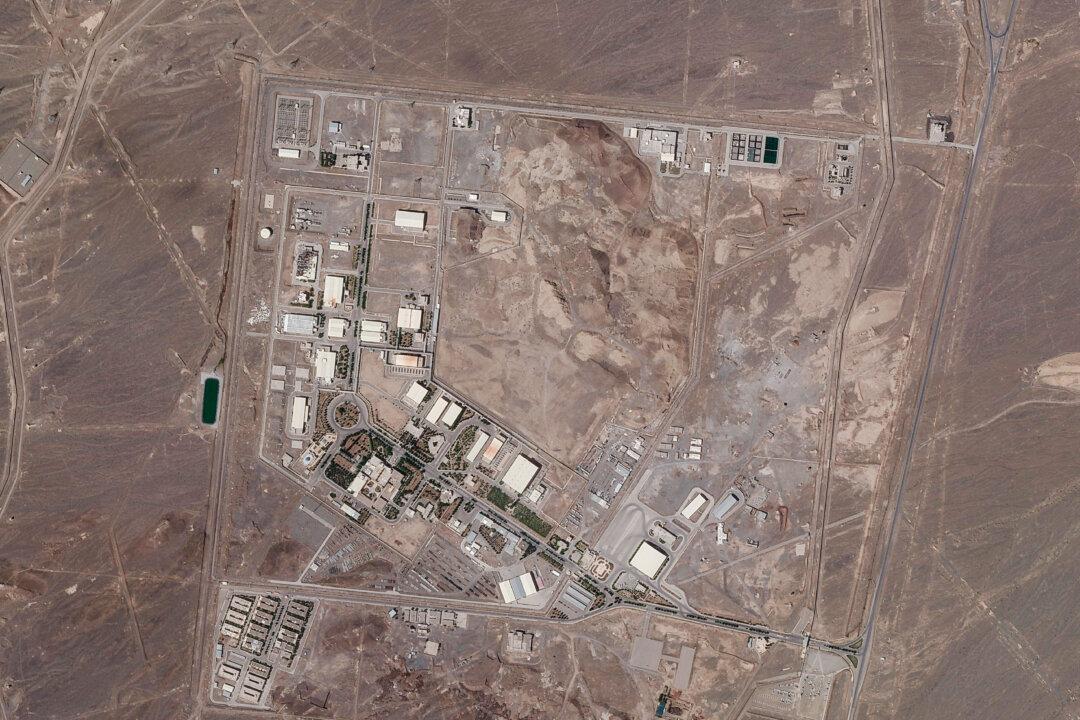News Analysis
As the conflict between Israel and Iran, and Iran’s proxies, continues unabated, there is increasing interest in whether the Iranians have the capability to produce a nuclear bomb.

As the conflict between Israel and Iran, and Iran’s proxies, continues unabated, there is increasing interest in whether the Iranians have the capability to produce a nuclear bomb.